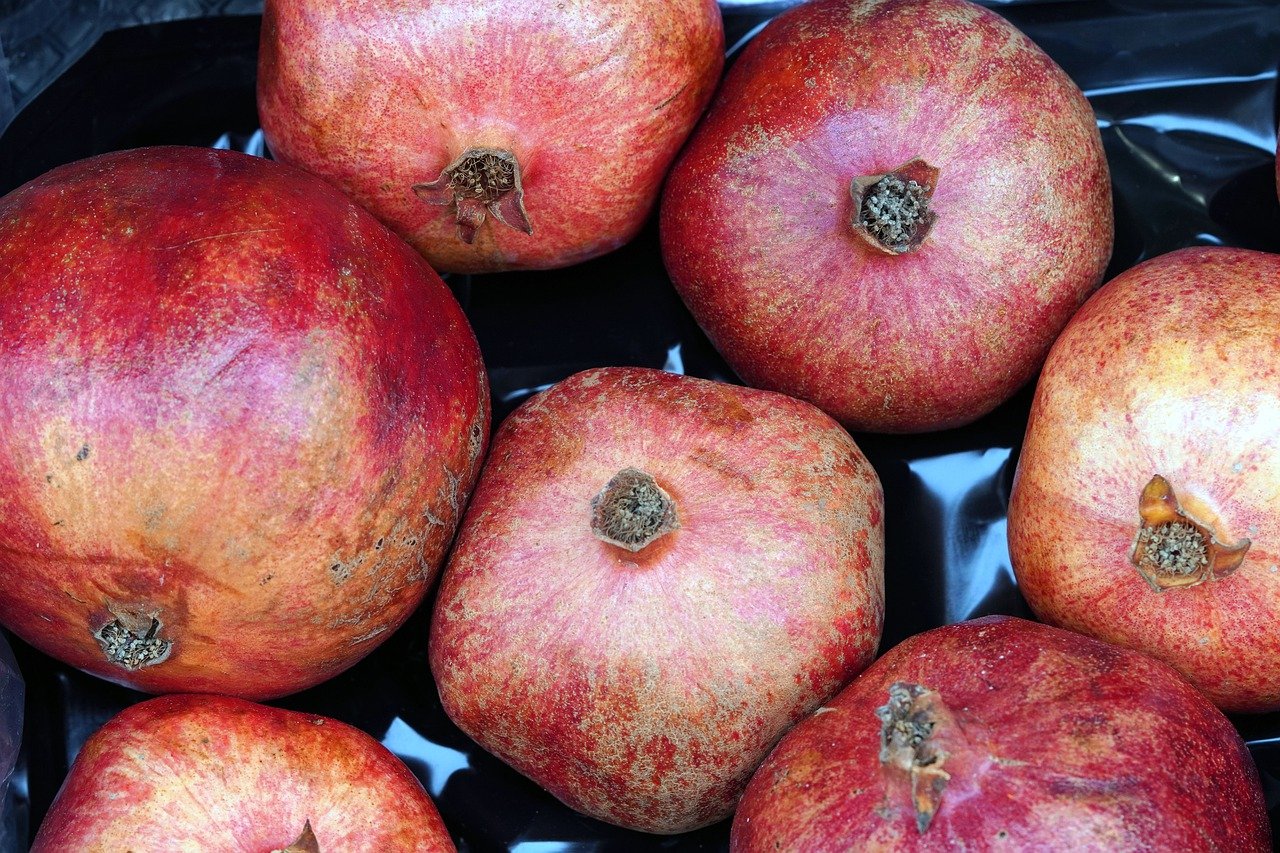“`html
The Paleo Diet, often referred to as the caveman diet, has surged in popularity over the past decade. Rooted in the eating habits of our ancestors, this dietary approach emphasizes whole, unprocessed foods that were available thousands of years ago. Advocates argue that by returning to these natural foods, we can improve our health, manage our weight, and reduce the risk of chronic diseases. In this blog post, we will explore the key components, benefits, and practical tips of adopting a Paleo lifestyle.
What is the Paleo Diet?
Definition and Origins
The Paleo Diet is based on the concept that humans should eat as our ancestors did during the Paleolithic era, roughly 2.5 million to 10,000 years ago. The core belief is that in today’s world, we face numerous health issues due to our modern diet, which is rich in processed foods, sugars, and artificial ingredients. By reverting to an ancestral diet, proponents argue that we can optimize our health.
Key Principles
- Consume whole foods: Focus on unprocessed foods that don’t contain additives.
- Prioritize lean protein: Include fish, poultry, and grass-fed meat.
- Include fruits and vegetables: Choose those that are in season and locally grown when possible.
- Avoid grains and legumes: Eliminate wheat, rice, and beans from your diet.
- Say no to dairy: Most versions of the diet exclude dairy products.
- Limit processed foods: Consume foods in their natural state whenever possible.
Benefits of the Paleo Diet
Weight Management
One of the most touted benefits of the Paleo Diet is its potential for weight loss. By eliminating processed foods and added sugars, many find it easier to manage their weight.
- High in protein: Helps increase satiety and reduce cravings.
- Controls blood sugar levels: Reduces spikes and crashes associated with sugary foods.
Improved Digestion
The Paleo Diet may enhance digestive health by promoting a diet rich in fiber from fruits and vegetables, while eliminating grains and legumes that can cause gut discomfort in some individuals.
- Increased fiber intake: Promotes healthy bowel movements.
- Supports healthy gut flora: Encourages a balanced gut microbiome.
Enhanced Energy Levels
Many followers report feeling more energetic after switching to a Paleo lifestyle, attributed to the elimination of sugar and refined carbohydrates.
- Stable energy levels: A diet low in refined sugars results in fewer energy crashes.
- Natural nutrient sources: Provides essential vitamins and minerals from whole foods.
Common Myths and Misconceptions
Paleo Foods are Boring
One common misconception is that the Paleo diet lacks variety. In reality, it encompasses a wide range of foods and flavors.
- Cooking methods: Grilling, roasting, and steaming can lead to exciting and flavorful meals.
- Ingredient swaps: Use almond flour instead of wheat flour for baking or coconut milk for dairy.
It’s Not Sustainable
Some believe that the Paleo Diet is too restrictive and difficult to follow long-term. However, here are tips to make it sustainable:
- Plan meals: Prepping weekly meals can help maintain consistency.
- Find substitutes: Identify favorite recipes and adapt them within Paleo guidelines.
- Join a community: Engage with local and online Paleo groups for support and ideas.
Practical Tips for Starting the Paleo Diet
Shopping Guide
When starting the Paleo diet, knowing what to buy is crucial. Here’s a compact shopping list:
- Meats: Grass-fed beef, free-range chicken, wild-caught fish.
- Fruits: Berries, apples, bananas, and seasonal fruits.
- Vegetables: Leafy greens, sweet potatoes, and cruciferous vegetables.
- Nuts and seeds: Almonds, walnuts, chia seeds, and pumpkin seeds.
- Healthy fats: Avocados, olive oil, and coconut oil.
Meal Ideas
Here are some easy meal ideas to incorporate into your Paleo lifestyle:
- Breakfast: Scrambled eggs with spinach and avocado.
- Lunch: Grilled chicken salad with mixed greens and olive oil vinaigrette.
- Dinner: Baked salmon with broccoli sautéed in coconut oil.
- Snacks: Carrot sticks with almond butter.
Conclusion
The Paleo Diet offers an intriguing alternative to conventional eating patterns, focusing on whole foods that our ancestors thrived on. With several health benefits ranging from weight management to improved digestion, adopting a Paleo lifestyle can be a transformative experience. However, it’s essential to approach it with flexibility and creativity, ensuring that it fits your individual needs and preferences. Whether you fully commit or simply incorporate Paleo principles into your diet, the journey towards healthier eating can lead to significant positive changes in your life.
“`



